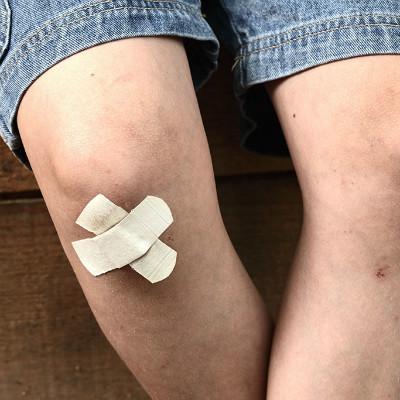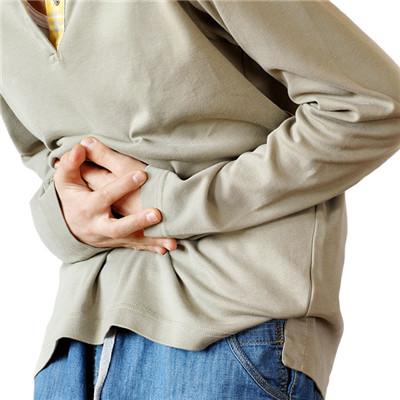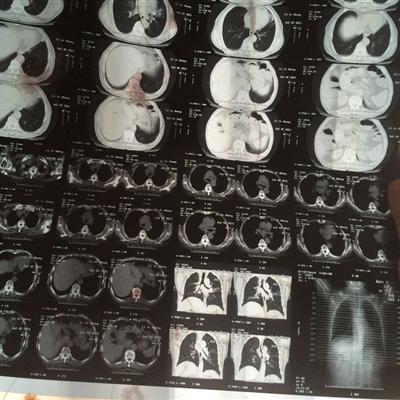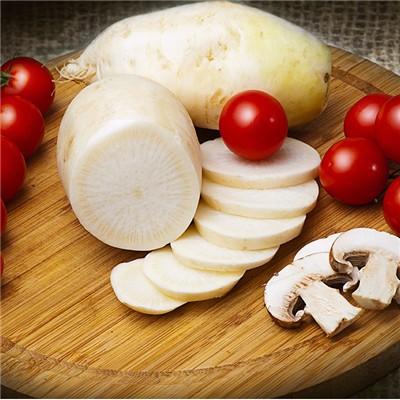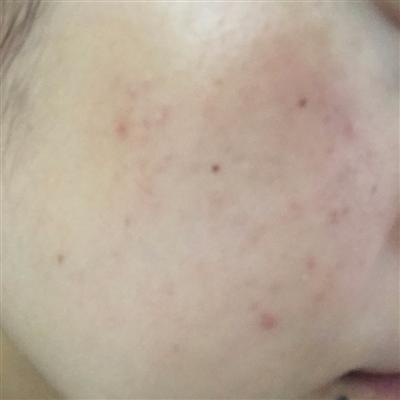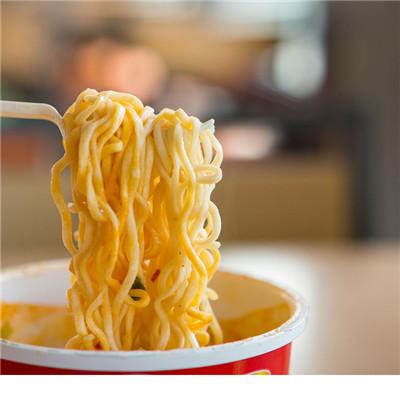How does celery leaf white spot disease return a responsibility?
summary
Celery leaf spot can be found in seedling stage and adult stage, especially in adult stage. It mainly damages leaves, petioles and stems. Celery leaf spot can be found in seedling stage and adult stage, especially in adult stage. It mainly damages leaves, petioles and stems. How does celery leaf white spot disease return a responsibility? Let's talk about it.
How does celery leaf white spot disease return a responsibility?
The disease is caused by the infection of the fungus Cercospora APII. The primary infection sources were mainly seeds or residual diseased plants. The pathogen overwinters by the mycelium attached to the seed surface and invading into the seed coat, and the mycelium and spore in the residual diseased plant and soil. When the environmental conditions are suitable, the mycelium produces conidia, which are transmitted to the host plant by air flow, and directly invades from the host epidermis in the presence of water droplets, causing the primary infection. The infected seeds can be infected after emergence, and a new generation of conidia can be produced in the injured parts. The conidia can be transmitted by wind and rain, and then infected again and again. The damage is gradually aggravated until the end of autumn.
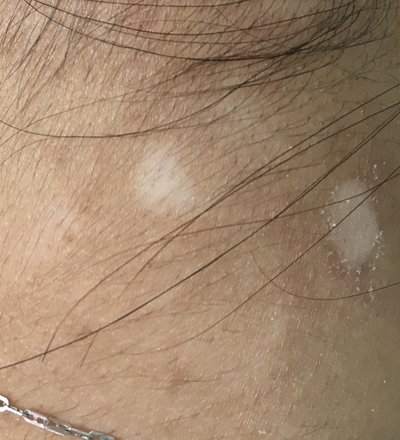
The optimum temperature for conidia formation is 15-25 ℃, and the optimum temperature for germination is 28 ℃. The optimum temperature range for conidia germination is 15-20 ℃, which requires less humidity, and humidity is more conducive to the disease.
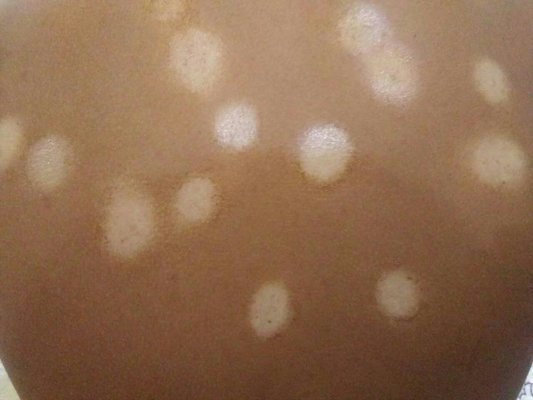
In Zhejiang and the middle and lower reaches of the Yangtze River, the peak period of celery leaf spot was from May to November. The most suitable susceptible stage was adult stage. The incubation period was 3-7 days. The disease is more serious in rainy years during the Meiyu period. The disease is easy to occur in high temperature and rainy, low-lying areas, and in the case of high temperature and drought and dew condensation at night. In addition, the disease is serious due to lack of fertilizer, poor drainage, excessive irrigation or weak plants.
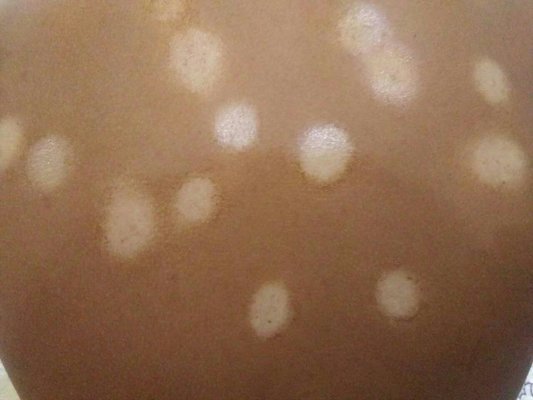
matters needing attention
① Seed treatment: before sowing, soak the seeds in 50 ℃ warm soup for 30 minutes to dry, or soak the seeds in 50% thiram wettable powder 600 times for 50 minutes, then rinse them with clean water or dry them directly. ② Rotation of crops: for the fields with serious diseases, it is recommended to rotate crops with other vegetables every other year to reduce the number of disease sources. ③ Strengthen management: cultivate disease-free seedlings, timely topdressing, improve plant disease resistance, reasonable irrigation, open good drainage ditch system, reduce field humidity and groundwater level, pay attention to cooling and moisture drainage in protected cultivation, avoid flood irrigation. ④ Clean the countryside: clean the countryside in time after harvest, remove the diseased body, take it out of the field and destroy it, and dig the soil deeply to accelerate the decomposition of the diseased body. ⑤ Chemical control: spray at the beginning of the disease, once every 7-10 days, 2-3 times continuously. 75% chlorothalonil WP (600 times) or 50% carbendazim WP (800 times) can be used. In addition, 25% Yixunling fumigant can be used for fumigation or spraying 5% chlorothalonil dust at the early stage of the disease in the protected area, 1 kg per mu each time.

